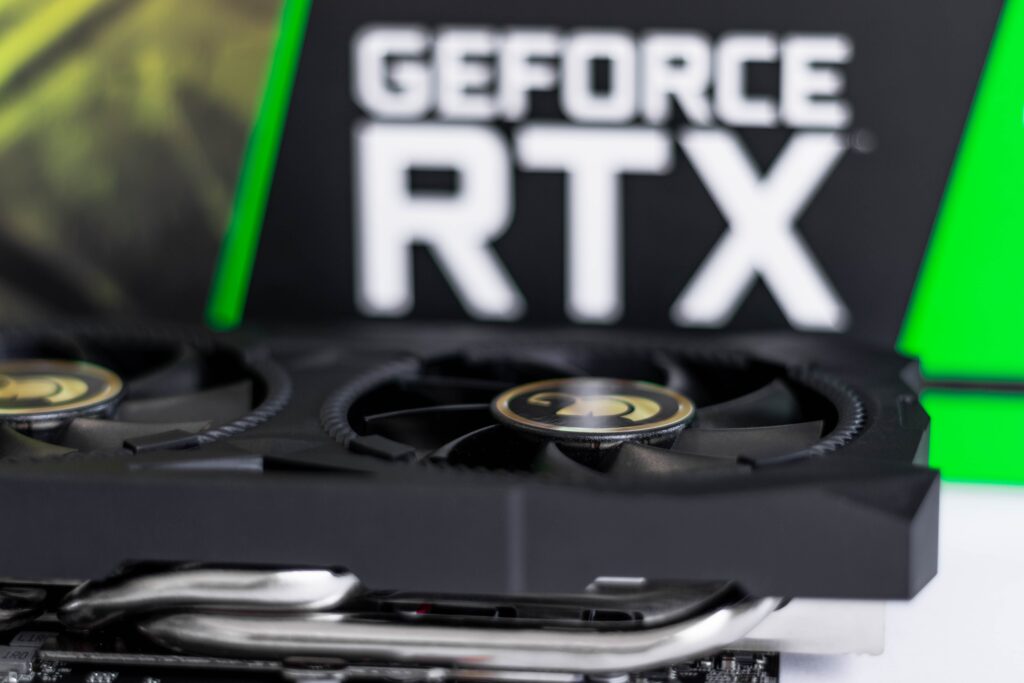The latest addition to Nvidia’s RTX family of graphics cards, the RTX 3080, promises to provide gaming at 4K resolution, which normally requires higher-end cards like the RTX 2080 or the RTX 2080 Ti. It also boasts 12GB of memory and three monitors, which will likely entice users looking to build powerful but cheap workstations for engineering or design software. How much will it cost? When will it be available? Read on to find out more about Nvidia’s new graphics card!…
Nvidia’s Big Announcement
The Geforce RTX series is here, and it’s based on a new ray-tracing technique called Deep Learning Super Sampling (DLSS). The company says that it has designed new Tensor cores to support DLSS. So how does DLSS work? As Nvidia explains it, DLSS leverages a deep neural network (DNN) trained to convert sequences of individual, 2D images into photorealistic, rendered 3D environments. In other words, DLSS takes an image and converts it into pixels to create objects within a game or application.

What Is Nvidia Up To?
All you need to know about Nvidia’s new graphics card : This year, Nvidia introduced a new type of gaming hardware called Turing. For more information on Turing, read our primer: What Is Nvidia Up To? This year, in addition to announcing Turing, Nvidia also announced two new products based on it: 3D-stacked memory and faster GDDR6 RAM. This post provides an overview of what we can expect from these updates. We look at how 3D-stacked memory works with current GPUs; how it might work with future GPUs; and what that might mean for resolution and frame rates.
The Details on The New Graphics Cards
The RTX 3080 has 8960 CUDA cores and 12 GB of memory. The upgraded memory also means this GPU has 20 percent more cumulative bandwidth over the original 10GB variant, because of its wider 384-bit memory bus. EVGA has priced its own RTX 3080 (12GB) at $1,249.99










